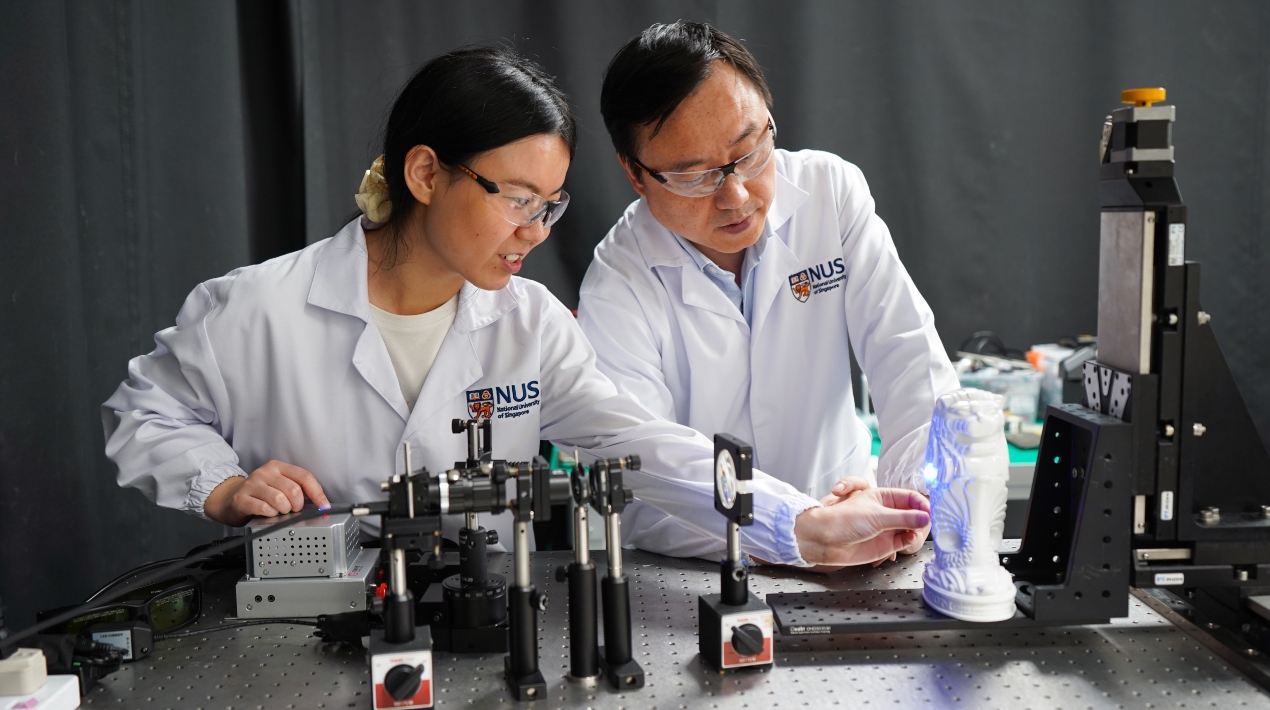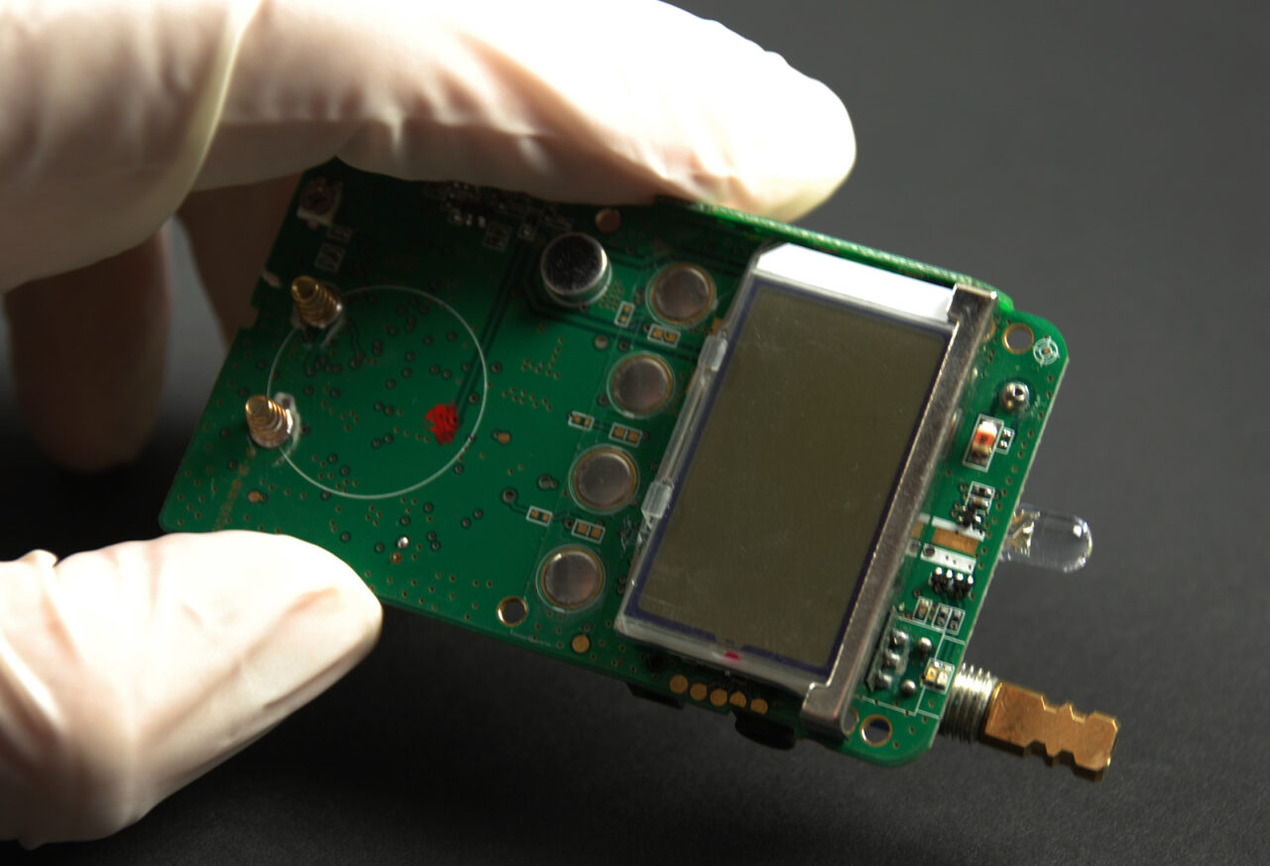
A team of scientists from the National University of Singapore (NUS) Faculty of Science, led by Professor Liu Xiaogang from the Department of Chemistry, has made a 3D imaging sensor with a very high angular resolution of 0.0018o. This is the ability of an optical instrument to tell the difference between points on an object that are separated by a small angle. This new sensor uses a unique angle-to-colour conversion method, which lets it pick up 3D light fields from X-rays to visible light.
A light field is made up of the strength and direction of light rays. The human eye can use this information to figure out where things are in space. Traditional ways of detecting light, on the other hand, are not as good. Most cameras, for example, can only make two-dimensional pictures, which is fine for normal photography but not enough for more advanced uses like virtual reality, self-driving cars, and imaging of living things. For these applications, a precise 3D scene of a certain area is needed.
At the moment, light-field detectors acquire multiple images of the same region from numerous angles using an array of lenses or photonic crystals. However, it is difficult and expensive to integrate these elements into semiconductors for usage in real applications, according to Prof Liu. Conventional methods are only capable of detecting light fields in the ultraviolet to visible light spectrum, which limits their usefulness for X-ray sensing.
The NUS team’s light field sensor also has a wider spectral response range of between 0.002 nm and 550 nm, a higher angular resolution that may be less than 0.015 degrees for smaller sensors, and a larger angular measurement range of more than 80 degrees compared to other light-field sensors like microlens arrays. The unique sensor can now take 3D photos with greater depth resolution thanks to these technical details.
Inorganic perovskite nanocrystals, which are substances with remarkable optoelectronic properties, lie at the heart of the innovative light-field sensor. Perovskite nanocrystals are effective light emitters with an excitation spectrum ranging from X-rays to visible light thanks to their tunable nanostructures. It can also fine-tune the interactions between perovskite nanocrystals and light rays by carefully modifying their chemical composition or by adding a small number of impurity atoms.
Perovskite crystals were printed onto a transparent thin-film substrate by NUS researchers, and they then incorporated them into a colour charge-coupled device (CCD), which transforms incoming light signals into a colour-coded output. The light-field sensor’s fundamental functional component is the crystal-converter system.
The sensor detects incident light, which excites the nanocrystals. Depending on the angle at which the incoming light ray strikes the perovskite units, they then emit their own light in a variety of colours. The radiated colour is captured by the CCD and utilised to recreate 3D images afterwards.
The ability of the unique light-field sensor to resolve even extremely tiny details was also proved by their testing. The shallow protrusions of individual keys, for instance, were recorded in a detailed photograph of a computer keyboard.
With the use of more sophisticated colour detectors, Prof Liu and his team are exploring ways to increase the spatial accuracy and resolution of their light-field sensor. The group has also submitted a technological patent application on a global scale.
To design perovskite crystals more densely onto the transparent substrate and potentially improve spatial resolution, they will also investigate more sophisticated methods. The detecting spectrum of the light-field sensor might also be widened by using substances other than perovskite.
















